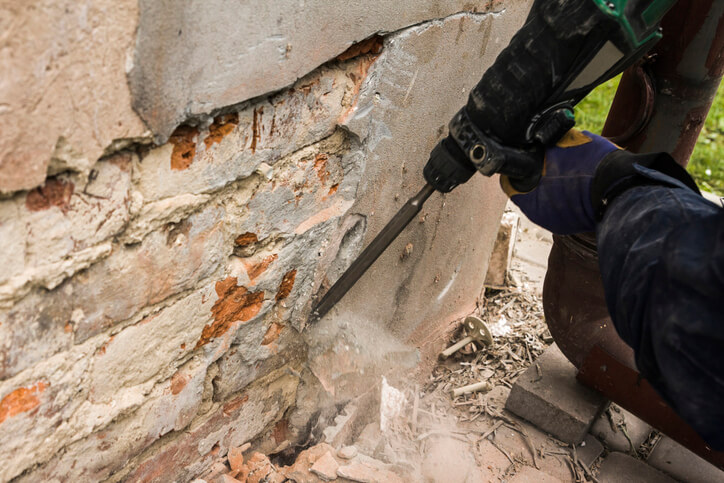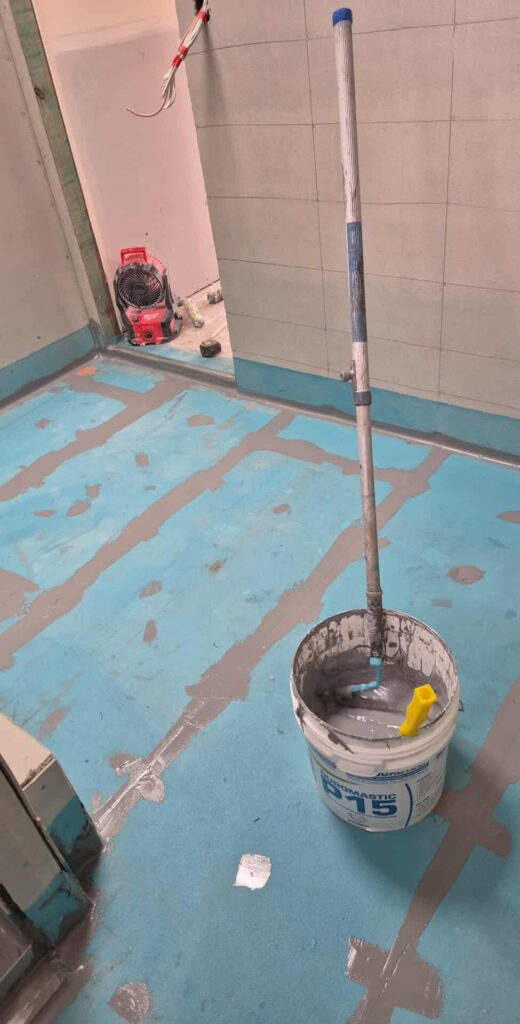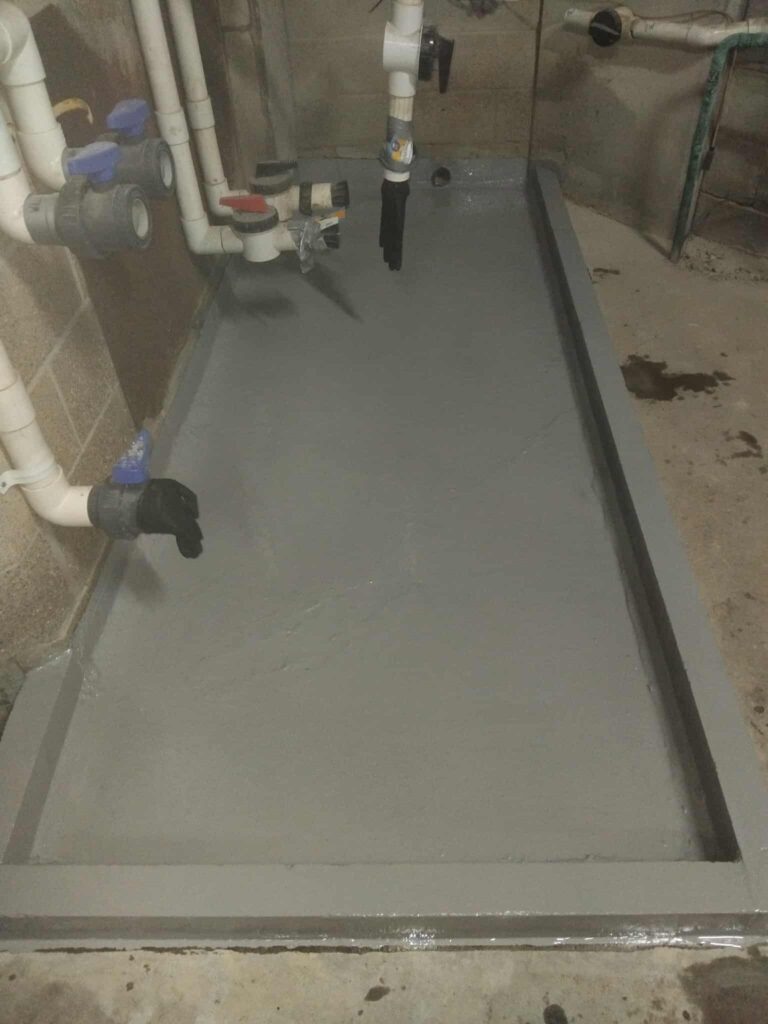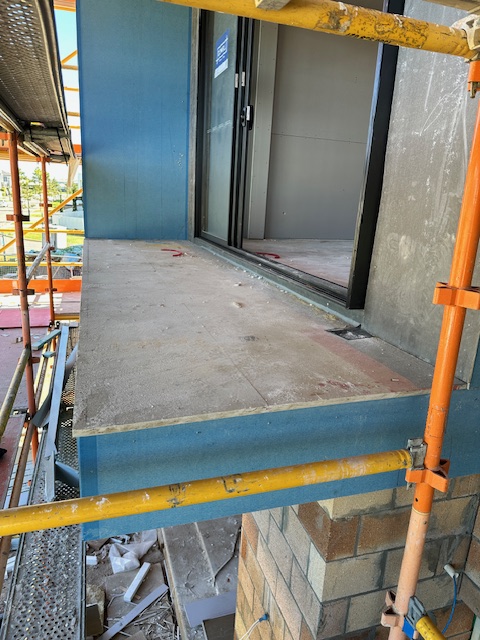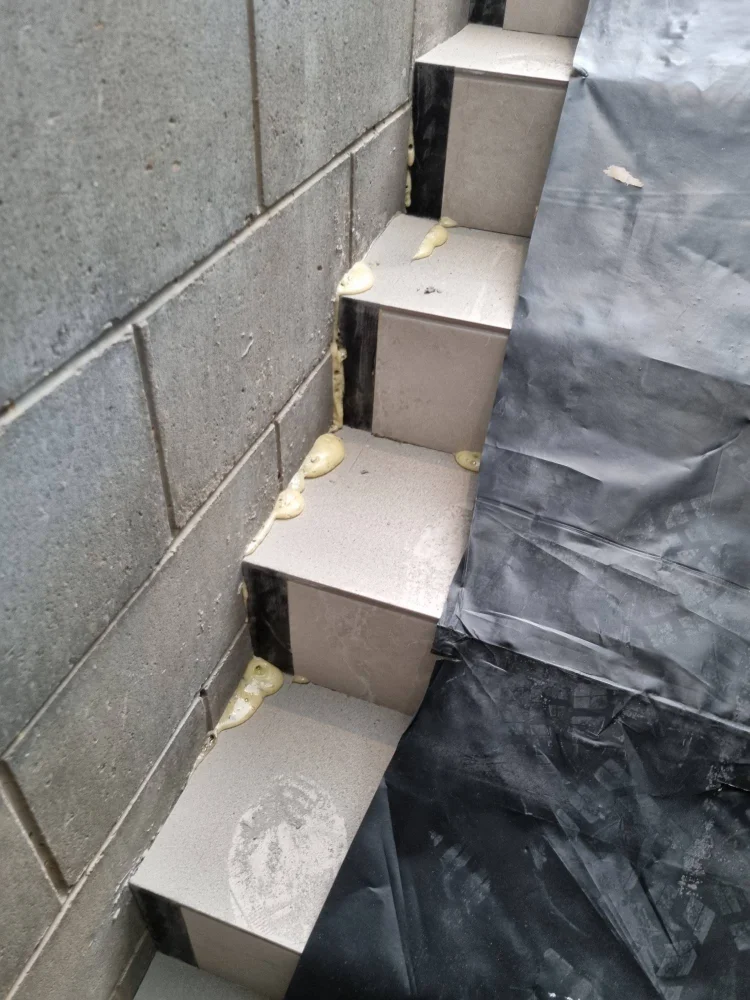Concrete, the workhorse of the construction industry, isn’t invincible. Over time, especially when exposed to harsh elements, it can develop a severe condition nicknamed “concrete cancer.” This isn’t a literal disease, but the damage it causes can be just as destructive. Let’s delve into what is concrete cancer, how to identify it, and the measures you can take to repair it.
What Is Concrete Cancer?
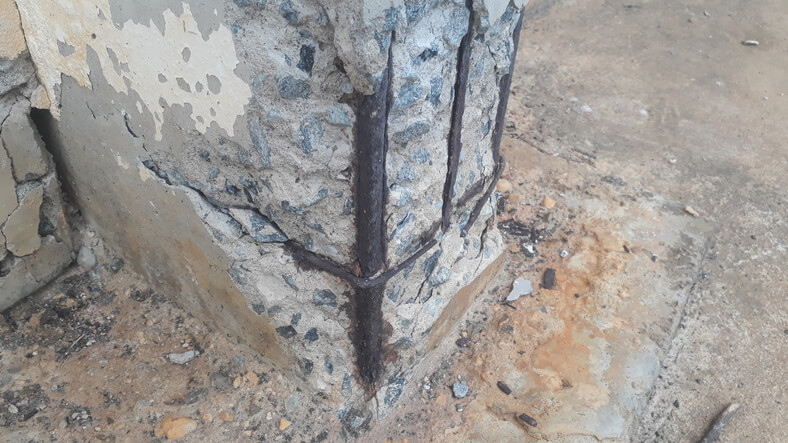
At its core, concrete cancer is the deterioration of concrete caused by the rusting of steel reinforcement bars (rebars) embedded within it. These rebars provide tensile strength to the concrete, but when water and oxygen penetrate the concrete and reach the steel, a hidden enemy awakens – corrosion.
As steel rusts, it expands significantly, exerting immense pressure on the surrounding concrete. This pressure causes cracks, bulging, and, ultimately, the crumbling or spalling of the concrete.
Left unchecked, concrete cancer can weaken the structural integrity of a building, posing a safety hazard.
What Is Concrete Cancer?
The early detection of concrete cancer is crucial for preventing extensive damage. Here are some telltale signs to watch out for:
Cracked or spalling concrete
Cracks in the concrete surface can be a red flag, especially if they are accompanied by chunks of concrete flaking or detaching (spalling).
Rust stains
Rusty streaks or brown discolouration on the concrete surface indicate ongoing corrosion beneath.
Blistering or bulging
The pressure from expanding rust can cause the concrete to bulge outwards in localised areas.
Leaks
Cracks caused by concrete cancer can allow water to penetrate further into the structure, leading to leaks.
Causes of Concrete Cancer: A Multi-Faceted Threat
Several factors can contribute to the development of concrete cancer:
Poor waterproofing
Inadequate waterproofing allows water to seep into the concrete, initiating rusting.
Exposure to salt
Buildings near the coast are particularly susceptible due to salt spray, which accelerates steel corrosion.
Construction defects
Improper concrete mixing, inadequate concrete cover over the rebars, or using incompatible metals can all increase the risk.
Natural weathering
Constant exposure to harsh weather elements like rain, freeze-thaw cycles, and extreme temperatures can weaken the concrete over time.
Combating Concrete Cancer: Repair Strategies
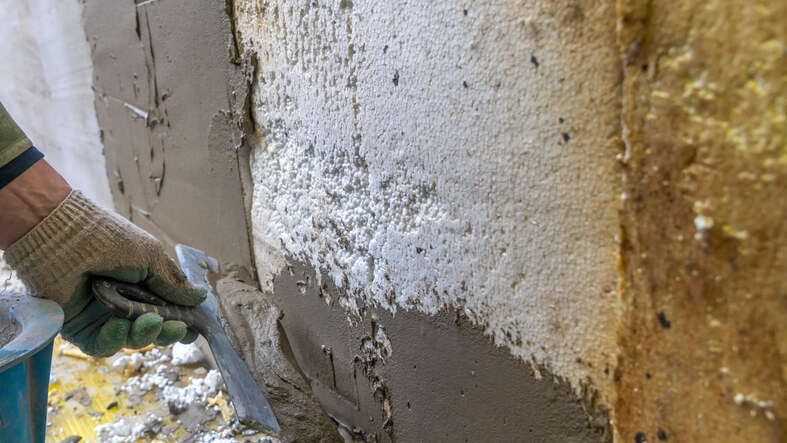
Repairing concrete cancer requires a skilled professional to assess the extent of the damage and determine the most appropriate course of action. Here are some standard repair methods:
Removal and replacement
Removing and replacing the affected concrete with fresh, high-quality concrete might be necessary for severely damaged areas.
Cathodic protection
This technique uses electrical currents to halt the corrosion process and even promote the regeneration of corroded steel.
Electrochemical chloride extraction
This method is beneficial in coastal areas to remove chloride salts that contribute to corrosion.
Polymer-modified repair mortars
These unique repair materials offer superior strength, adhesion, and corrosion resistance compared to traditional mortar.
Preventing Concrete Cancer: A Proactive Approach
While repairing concrete cancer is essential, preventing it in the first place is ideal. Here are some proactive measures you can take:
High-quality concrete
Properly mixed concrete with a dense structure reduces water permeability.
Adequate concrete cover
Ensuring a sufficient layer of rebars protects concrete from moisture and oxygen.
Effective waterproofing
A robust waterproofing membrane on the exterior of the concrete prevents water ingress.
Regular inspections
Periodic inspections by qualified professionals can detect early signs of concrete cancer before it becomes a significant issue.
Concrete Cancer Repair Brisbane & Gold Coast
If you suspect concrete cancer in your building, especially in Brisbane or Gold Coast regions, don’t hesitate to seek professional help. Prompt action can prevent significant structural damage and costly repairs.
The cost of concrete cancer repair in Brisbane and Gold Coast can vary depending on the severity of the damage, the size of the affected area, and the chosen repair method. It is recommended that you consult a qualified professional for an inspection and quote.
Living With Concrete Cancer: Considerations and Decisions
While this blog has focused on the technical aspects of concrete cancer, there’s another side to the story: the human side. Here’s a deeper dive into what you might face if you discover what is concrete cancer in your building.
The Emotional Toll
Unearthing concrete cancer in your property can be a stressful experience. It can raise concerns about the safety of your building, potential financial burdens for repairs, and disrupt your daily life.
Making Informed Decisions
Once you’ve identified concrete cancer, the next step is crucial. Don’t panic! Here’s how to navigate the situation:
Seek Professional Help
Contact a qualified structural engineer or concrete repair specialist. They can assess the damage, recommend repair solutions, and estimate costs.
Gather Information
Research different repair methods, their effectiveness, and the expected lifespan of the repairs.
Compare Quotes
Get quotes from reputable concrete repair contractors in Brisbane or Gold Coast.
Understand the Timeline
Concrete cancer repairs can take time—factor in the disruption it might cause to your daily life.
Financial Considerations
Explore financing options if needed. Some repairs might be covered by insurance depending on the cause of the damage.
Living with Repairs
Concrete cancer repairs often involve dust, noise, and potential access restrictions within your building. Discussing the repair process and timeline with the contractor beforehand can help minimise disruption.
Long-Term Maintenance
Once the repairs are complete, stay active. Schedule regular inspections by qualified professionals to monitor the repaired areas and identify any signs of recurrence. Regular maintenance, like addressing leaks promptly, can significantly improve the longevity of the repairs.
Peace of Mind
By taking proactive measures and working with qualified professionals, you can address concrete cancer effectively. Remember, a repaired building with proper maintenance can last for decades, offering peace of mind and ensuring the safety and value of your property.
Compliance & Safety
Local Expertise
SSRemedial focuses on Queensland projects, offering regionally relevant solutions for residential, commercial, and industrial sites.
Don't Let Concrete Cancer Erode Your Peace of Mind
If you suspect concrete cancer in your Brisbane or Gold Coast building, don’t wait!
Ignoring the problem can lead to further structural damage and costly repairs.
S&S Remedial is a leading provider of concrete repair in Brisbane and Gold Coast.
Our team of qualified professionals has extensive experience in diagnosing and repairing concrete cancer
using the latest techniques and materials.


